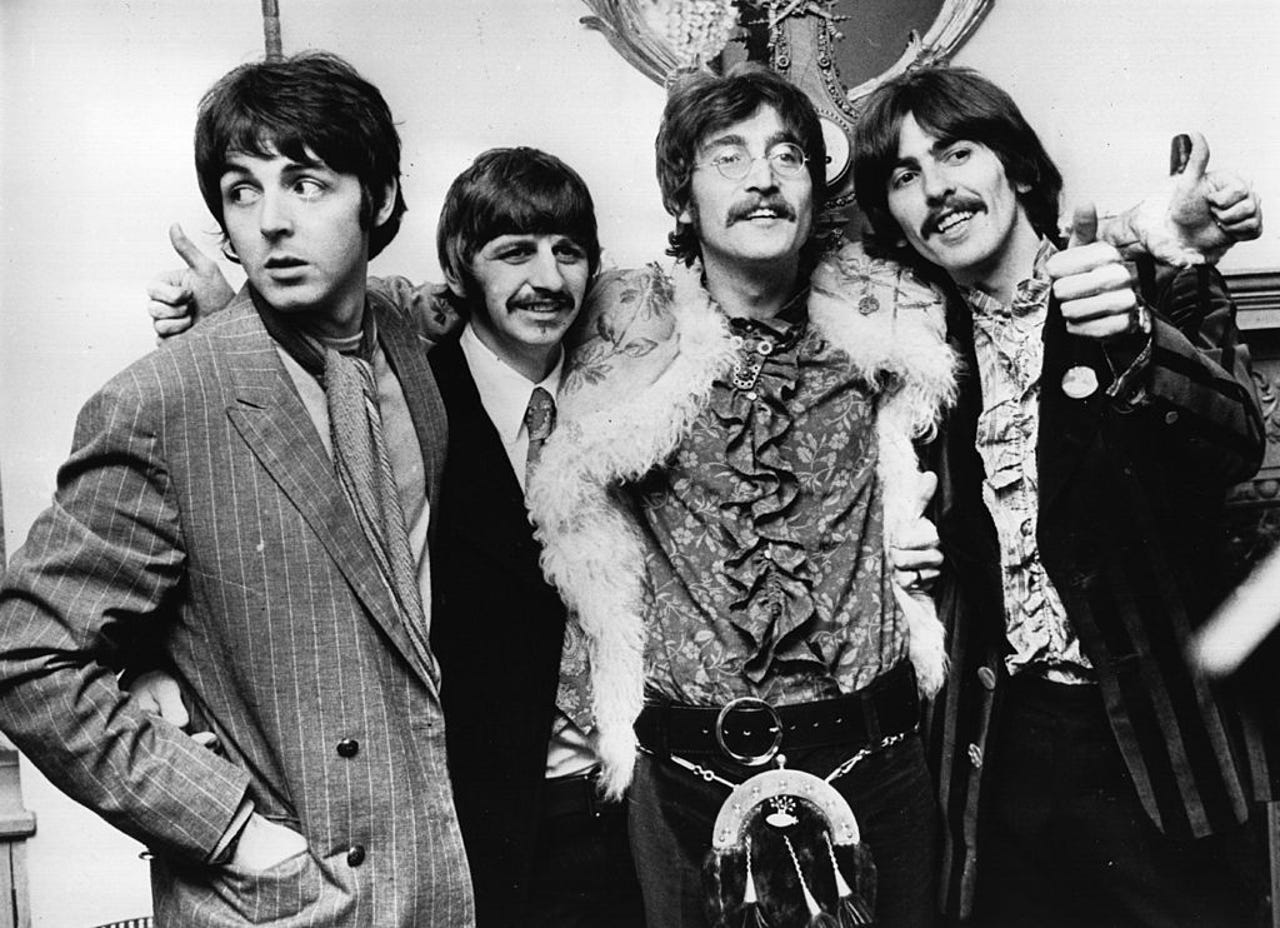































 Getty Images/John Pratt/Stringer
Getty Images/John Pratt/Stringer Generative AI has made it possible to transform snippets of a person's voice into an entire song. Artists and music labels have taken a position against it claiming it's copyright infringement.
However, this technology has the potential to bring a deceased artist's voice back to life and The Beatles are taking advantage of that.
On BBC's Best of Today podcast, Paul McCartney shared his thoughts on AI in the music industry and revealed that The Beatles would be dropping a new track soon with the help of AI.
Also: The best AI chatbots: ChatGPT and other noteworthy alternatives
"So when we came to make what will be the last Beatles record, it was a demo that John had that we worked on," said McCartney in the BBC interview. "We were able to take John's voice, and get it pure through this AI so then we could mix the record as we would normally do."
Without revealing the name of the demo, he did share that the record was just finished and will be released this year.
The demo to which McCartney refers, according to some rumors, is Lennon's unfinished song, "Now and Then", which had been considered previously as a possible reunion song.
This demo-to-song technology isn't new to McCartney or The Beatles as it was used for one of their projects in the past.
Also:ChatGPT can't make music, but Google's new AI model can
"We were able to use that kind of thing when Peter Jackson did the film "Get Back" where it was us making the Let it Be album and he was able to extricate John's voice from a ropey little bit of cassette," said McCartney.
Harnessing AI for the production of the band's final track, McCartney acknowledged, is "kind of scary but exciting because it's the future."
The AI music generation space is continuing to grow. Last week, Meta unveiled MusicGen, an open-source music-generating tool that can take text or melody and produce it into audio.
Also: Spotify unveils new features, including your own AI DJ. Here's how to access it
Other capable very capable models in the space include OpenAI's JukeBox, Google's Music LM, and Riffusion.
 Etiquetas calientes:
Inteligencia Artificial
innovación
Etiquetas calientes:
Inteligencia Artificial
innovación